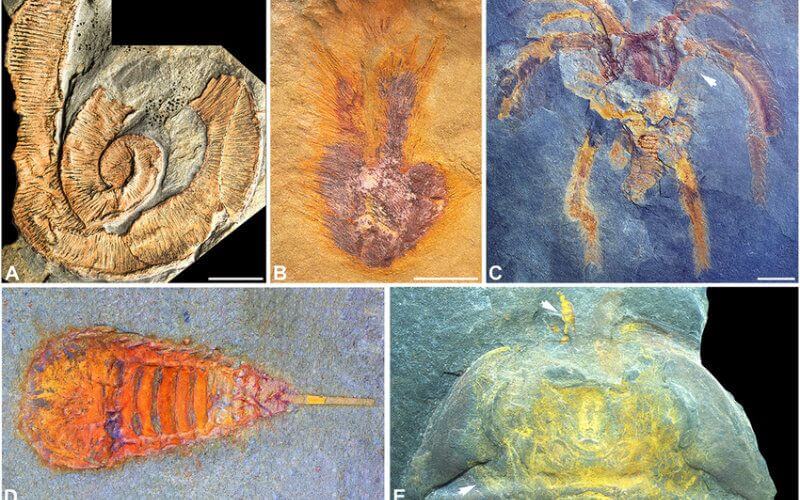480-Million-Year-Old Social Behavior Discovered in Moroccan Fossils

In collaboration with the Hassan II Academy of Science and Techniques, researchers from the Cadi Ayyad University of Marrakech (UCA) have contributed, within an international team, to an important discovery in Morocco. It is the oldest collective and social organization, 480 million years old.
This discovery will be of great importance for humanity. Indeed, according to a press release from the UCA, the purpose of this work is to show that animals have acquired, in the course of evolution and, this, for 480 million years, amazing collective, even social behaviors essential to their survival.
In reality, while scientists have so far been able to closely study group behaviors and the biological and environmental factors that trigger them, they have not been able to determine whether their origin is recent or ancient.
Although science knows the anatomy of the first animals that appeared about half a billion years ago with precision, thanks to the study of the exceptionally preserved fauna, we know practically nothing about their behavior, for lack of tangible evidence, the study states.
This is the case, for example, of "grasshoppers, ants, bees, processionary caterpillars, schools of fish, migratory birds or even football fans on a Saturday night," notes the same source.
Based on an exceptional case, in particular that of Ampyx, a Lower Ordovician trilobite from Morocco, the present study has endeavored to show that "the individuals of this species are all oriented in the same direction, form regular files and maintain close contacts with each other via their very long spiny processes".
An analysis of these atypical associations and the sediment that contains them shows that these trilobites were buried in a living position by storm deposits, observes the UCA, which states that "everything seems to indicate that they gathered and moved in groups on the seabed".
According to the UCA, this is justified by the concern for migration and grouping of many individuals during the breeding season, in particular "some lobsters in North America that move in single file, to escape environmental disturbances induced by seasonal storms".
The study concluded, from this example, that "collective behavior has a very ancient origin and has probably developed during the two great animal biodiversifications of the Cambrian and Ordovician, in response to the increase in selective pressure linked to the complexification of ecosystems".
Related Articles
-

Severe Weather Alert: Thunderstorms and Gusty Winds to Batter Multiple Moroccan Regions
8 September 2025
-

Ryanair Flight Fiasco: Passengers Stranded in Rabat as Plane Lands in Fez Without Them
8 September 2025
-

Drought Threatens Morocco’s Ancient Argan Forests, Risking Ecological Disaster
8 September 2025
-

Woman Arrested for Fabricating Brutal Kidnapping to Cover Up Affair
7 September 2025
-

Essential Morocco Travel Hacks: Navigating ATMs, Taxis, and Currency Traps
7 September 2025